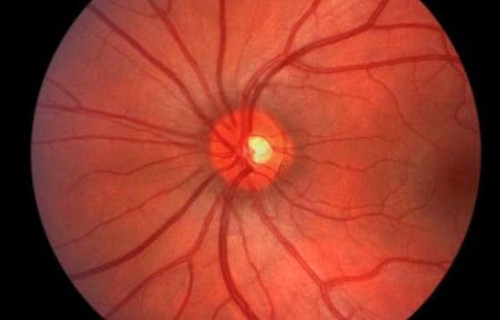谷歌(Google)的DeepMind已开发出通过分析医学影像诊断疾病的人工智能,这可能是人工智能在医疗领域的首个重大应用。

Google’s DeepMind has developed artificial intelligence to diagnose diseases by analysing medical images, in what could be the first significant application of AI in healthcare.
谷歌(Google)的DeepMind已开发出通过分析医学影像诊断疾病的人工智能,这可能是人工智能在医疗领域的首个重大应用。
London-based DeepMind has crunched data from thousands of retinal scans to train an AI algorithm to detect signs of eye disease more quickly and efficiently than human specialists.
总部位于伦敦的DeepMind处理了数千张视网膜扫描图的数据,以训练一种人工智能算法探测眼病迹象——比人类专家更迅速和更高效率。
Findings have been submitted to a medical journal by the company after “promising signs” from a two-year partnership with the National Health Service and London’s Moorfields Eye Hospital, one of the best-known in the world for ophthalmology. The technology could enter clinical trials in a few years if results pass a peer review by academics.
该公司已将研究结果递交一家医学刊物,此前该公司与英国国民医疗服务体系(NHS)以及全球最知名的眼科医院之一、伦敦的Moorfields Eye Hospital为期两年的合作出现“颇有希望的进展”。如果研究结果通过学者们的同行评议,这项技术有望在几年后投入临床试验。
“In areas like medical imaging, you can see we’re going to make really tremendous progress in the next couple of years with artificial intelligence,” Dominic King, clinical lead for DeepMind Health, told the Financial Times.
DeepMind Health临床主管多米尼克.金(Dominic King)告诉英国《金融时报》:“在医学影像等领域,你可以看到未来两年我们将借助人工智能取得真正重大的进展。”
DeepMind’s algorithm has been trained using anonymised 3D retinal scans provided by Moorfields and painstakingly labelled for signs of disease by doctors. The DeepMind division has now begun discussing clinical trials with hospitals including Moorfields.
DeepMind的算法利用Moorfields提供、并已由医生煞费苦心地标出疾病迹象的匿名3D视网膜扫描图进行训练。DeepMind团队现在已开始与包括Moorfields在内的医院讨论临床试验。
Because the images provide rich data with millions of pixels of information, the algorithm can learn to analyse them for signs of three of the biggest eye diseases: glaucoma, diabetic retinopathy and age-related macular degeneration.
由于这些影像提供了数以百万计像素信息的丰富数据,算法可以学会对这些数据进行分析,以寻找三大眼疾的迹象:青光眼、糖尿病视网膜病变和老年性黄斑退化。
Peng Tee Khaw, director of research and development at Moorfields, said: “I am optimistic that what we learn from this research will benefit people around the world and help put an end to avoidable sight loss.”
Moorfields研发总监Peng Tee Khaw表示:“我乐观地相信,这项研究带给我们的收获将造福于世界各地的人们,帮助杜绝可以避免的失明。”
The artificial intelligence is “generalised”, according to Dr King, meaning it can be applied to other kinds of images. DeepMind said the next stage would involve training the algorithm to analyse radiotherapy scans, through a partnership with University College London Hospitals, and mammograms, in partnership with Imperial College London.
DeepMind的金博士表示,这种人工智能是“普遍化的”,这意味着它可应用于其他类型的影像。DeepMind表示,下一步将训练算法分析放疗扫描图(通过与University College London Hospitals合作)以及乳腺X光照片(与伦敦帝国理工学院合作)。







